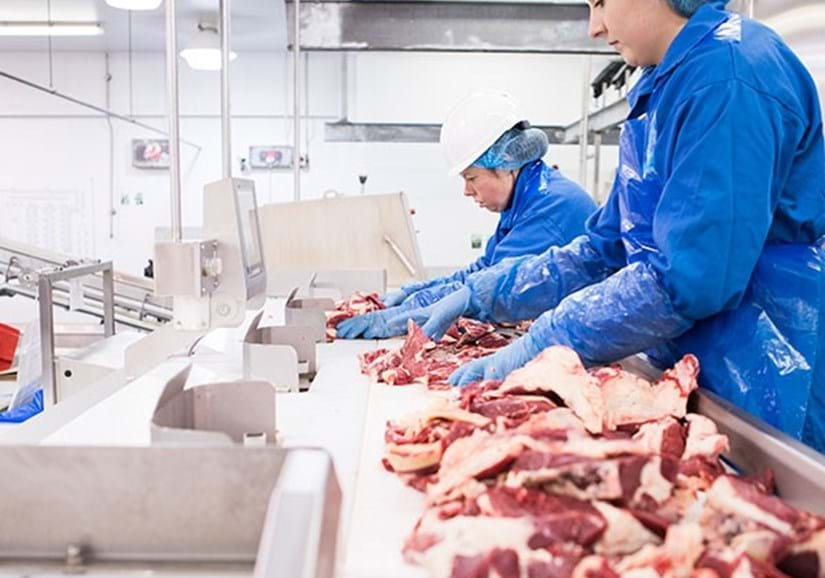



Article by: Hari Yellina
On the basis of overflowing freezers and reefer storage capacity at the country’s largest beef export shipping facility, the Port of Brisbane, processor grids in Queensland and Northern NSW have plummeted 10 to 15 cents per kilogramme. While shipments are beginning to flow out of the port, they are still at a slow pace due to vessels’ difficulties managing debris brought down by floods, according to Tim Jude, a livestock and commodities broker with StoneX Financial. At the conclusion of last week, all refrigerated container space was taken, causing some processors in the region to draw shifts back, which has continued into this week.
“With Easter approaching, which is normally the lowest kill of the year aside from Christmas and New Year,” Mr Jude added, “it’s difficult to see processors making a substantial dent in the backlog of finished cattle in the next four to six weeks.” While excellent runs will continue to make money, a backlog of finished cattle and higher grain ration costs will put some pressure on the heavier end of markets for the time being. Another bearish element to keep an eye on, according to Mr Jude, is growing living costs. “For the most part, cash-rich consumers who saved during COVID haven’t ceased buying beef as prices rise,” he added. However, with the threat of higher interest rates on the horizon and gasoline near $2, it wouldn’t be surprising to see beef being substituted in certain trolleys as people cut back on expenditures.
Despite the lack of a public holiday, Victoria’s kill last week eased 8pc to 14,350 head due to weather pressure, while Tasmania was down 11pc at 3838 head. South Australia was much less affected, easing 1pc to 3242 head, but was still down 20pc on this time last year. It is predictable that the drop has occurred. In fact, the real surprise would have been if lean beef prices had been able to maintain their summer levels. During the summer months, demand for ground beef is fueled by grilling and retail sales. With the grilling season over and demand for school lunches dwindling, lean beef prices have had to rely on erratic foodservice demand, which has been exacerbated by COVID.